Navigating the vast world of marketing automation can be daunting, especially for businesses looking to streamline their efforts. Understanding how to choose the right marketing automation tool involves more than merely picking one that seems popular; it requires a comprehensive evaluation of your unique needs and organizational goals. This article will guide you through key considerations in selecting the ideal tool to enhance your marketing strategies effectively.
Understanding Marketing Automation Tools
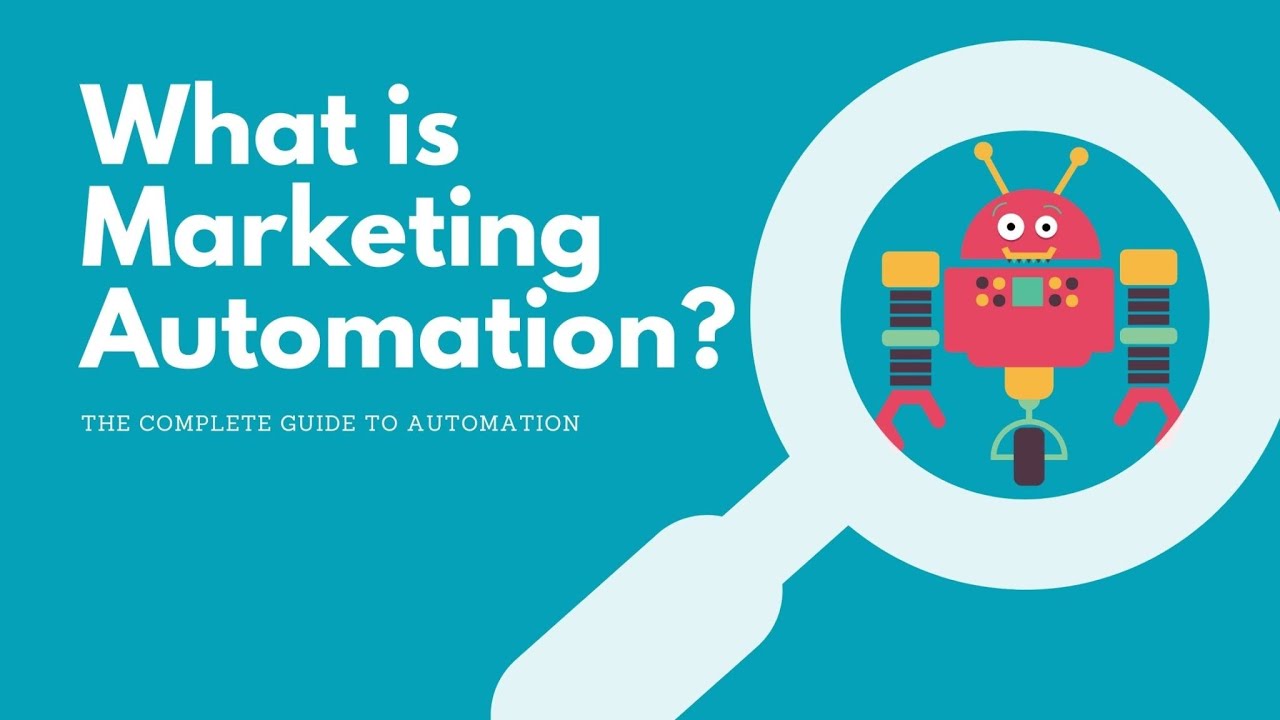
To make an informed decision about which marketing automation tool is best for your business, it’s essential first to grasp what these tools are and how they function. Marketing automation refers to software platforms and technologies designed to help marketing departments manage repetitive tasks efficiently, automate communication, and analyze customer interactions throughout their journey.
Definition of Marketing Automation
At its core, marketing automation encompasses various applications aimed at automating marketing tasks and workflows. These tools facilitate everything from email marketing campaigns and social media posting to lead generation and nurturing processes. By automating these repetitive yet essential tasks, marketers can save valuable time, allowing them to focus on strategy and creativity rather than execution.
In addition to automating tasks, marketing automation systems provide valuable insights into consumer behavior and preferences. Data collected during campaigns can help organizations refine their strategies by analyzing which tactics yield the best results. As businesses continue to embrace data-driven approaches, understanding how to leverage marketing automation becomes increasingly critical.
The Importance of Marketing Automation in Today’s Business Landscape
With a rapidly evolving digital landscape, marketing automation has emerged as an indispensable component of modern business. Companies need to connect with consumers across multiple channels, all while managing large volumes of data. Marketing automation facilitates this by enabling brands to deliver targeted messages based on user behavior, preferences, and demographics.
Moreover, the importance of personalization cannot be understated. Today’s consumers expect tailored experiences that resonate with their needs and interests. Marketing automation allows businesses to segment audiences, ensuring relevant messaging reaches the right people at the right time. Consequently, investing in the appropriate marketing automation tool can generate significant returns regarding customer engagement, brand loyalty, and ultimately, revenue growth.
Common Misconceptions About Marketing Automation
Despite the numerous advantages of marketing automation, misconceptions still exist. Many businesses fear that automation may replace human effort, leading to impersonal marketing tactics. However, the reality is quite the opposite—marketing automation serves as a complement to human creativity and strategy. It allows marketers to engage in high-value tasks while routine communications are handled by the software.
Another common misconception is that marketing automation is only suitable for large enterprises with expansive budgets. In truth, numerous options exist for businesses of all sizes. Small and medium-sized enterprises (SMEs) can benefit just as much from automation by selecting tools tailored to their specific needs and budgets.
Understanding the full scope of marketing automation tools is crucial in determining the best fit for your organization. As you delve deeper into this topic, consider how these tools can align with your goals and objectives.
Get Now: Unlock 300+ Proven Ways to Make Money With GPT – Your Shortcut to Financial Freedom!
Key Features to Look for in a Marketing Automation Tool
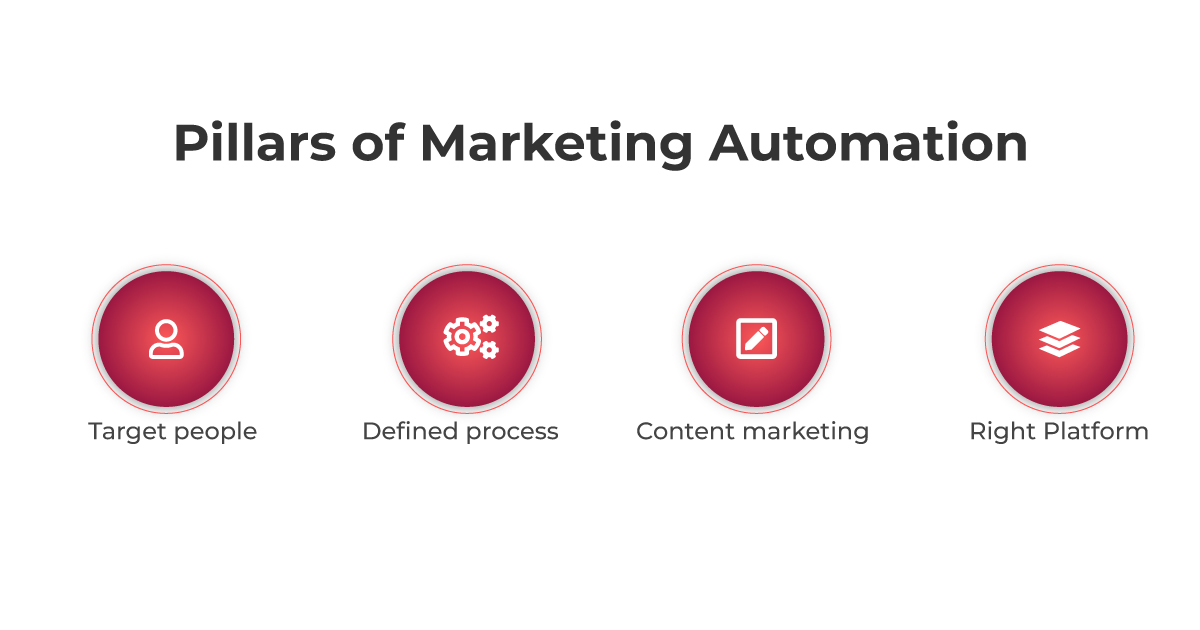
Once you understand what marketing automation entails, the next step is identifying the key features that differentiate the various tools available in the market. The right set of features can significantly boost your marketing efficiency and effectiveness while aligning with your business objectives.
Email Marketing Capabilities
Email marketing remains one of the most effective strategies for engaging customers, and a robust marketing automation tool should excel in this area. Look for features that enable targeted campaigns based on user behavior. For instance, automatic segmentation of your audience into lists based on past interactions can lead to higher open and click-through rates.
Beyond basic functionalities, consider advanced capabilities such as A/B testing, personalized content, and detailed analytics. These features allow you to evaluate the success of your campaigns and make adjustments as needed, continuously improving your outreach efforts.
Lead Management and Nurturing
An effective marketing automation tool should also include features for lead management and nurturing. This functionality aids businesses in tracking leads through the sales funnel, ensuring timely follow-ups and personalized communication. Look for tools that offer lead scoring systems, which rank potential customers based on their likelihood to convert.
Lead nurturing capabilities—such as automated workflows triggered by specific actions or milestones—can significantly enhance your chances of converting prospects into loyal customers. By delivering targeted content that addresses a lead’s needs at each stage of their journey, you can foster deeper connections and build trust with potential buyers.
Analytics and Reporting
Data is a powerful asset in marketing, and having access to comprehensive analytics and reporting features is vital. A marketing automation tool should provide actionable insights into the performance of your campaigns, helping you to measure effectiveness and uncover trends.
Key metrics to assess might include conversion rates, ROI, and customer retention rates. The ability to visualize data via customizable dashboards can enhance your understanding of what’s working and what needs improvement. In turn, this knowledge enables you to make informed decisions that support your broader marketing strategy.
Social Media Management
With social media becoming an integral part of marketing strategies, look for tools that allow for seamless social media management. This includes features for scheduling posts, monitoring brand mentions, and analyzing engagement metrics across platforms.
Effective social media management goes beyond simply sharing content and requires ongoing interaction with followers. Many marketing automation tools offer features to automate responses to common inquiries, enhancing customer engagement and satisfaction. Having these capabilities integrated within your marketing automation tool simplifies your process and saves time.
Understanding the essential features of marketing automation tools provides a foundation for evaluating your organization’s needs and goals. With this knowledge, you can better position yourself to select the right platform.
Get Now: The Faceless Marketing Masterclass – Build a Powerful Online Brand Without Ever Showing Your Face
Evaluating Your Business Needs for Automation
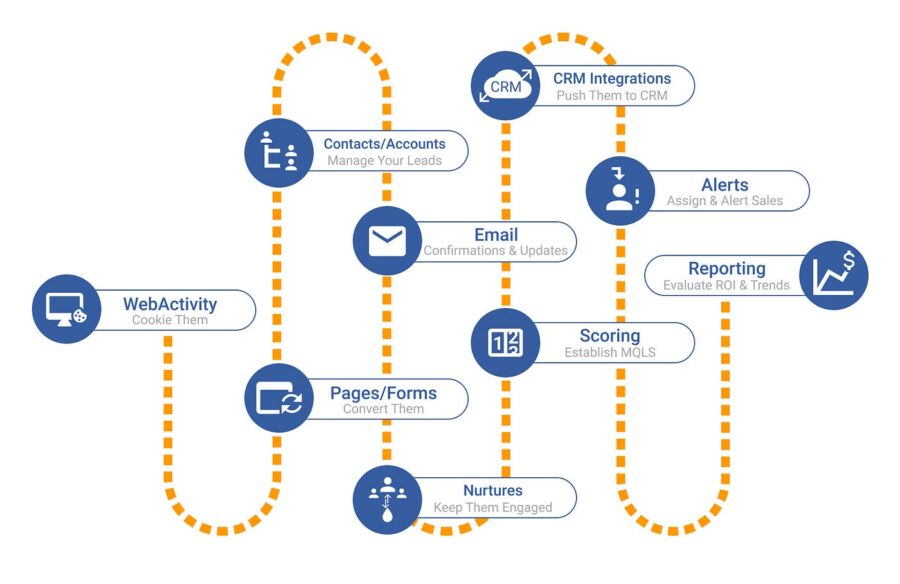
Before committing to a marketing automation tool, it’s crucial to conduct a thorough assessment of your specific business needs. Factors such as company size, marketing goals, and existing processes will influence which tool is the best fit for your organization.
Analyzing Current Marketing Processes
Start by taking stock of your current marketing processes. Identify areas where you experience inefficiencies or bottlenecks that could be alleviated through automation. For example, if you find your team spending excessive time on manual email campaigns, it may be indicative of a need for a more robust email marketing solution.
Additionally, consider how your marketing efforts align with your overall business strategy. Are you focusing on customer acquisition, retention, or brand awareness? Clarifying your objectives will aid in pinpointing features that are most relevant to your goals.
Defining Your Target Audience
A key element of effective marketing is understanding your target audience. Take the time to define who your ideal customers are, including their pain points, preferences, and behaviors. Knowing your audience will allow you to create tailored marketing strategies that resonate with your potential customers.
When evaluating marketing automation tools, consider features that enable audience segmentation and personalized messaging. Such capabilities ensure that you can deliver the right content to the right people, increasing the likelihood of conversions and fostering brand loyalty.
Setting Clear Objectives for Automation
Establishing clear objectives is paramount when considering marketing automation tools. Identify what you hope to achieve through automation—is it improved lead generation, increased customer engagement, enhanced reporting capabilities, or streamlining your marketing operations?
By defining measurable goals, you can assess whether a particular tool is positioned to meet your needs. You will also be able to evaluate its success once implemented, allowing for continuous optimization of your marketing efforts.
As you gauge your business needs, remember that choosing the right marketing automation tool is not just about acquiring software but selecting a partner that aligns with your long-term vision and objectives.
Comparison of Popular Marketing Automation Platforms
With numerous marketing automation platforms available, comparing their offerings can aid you in making an informed decision. Each platform has distinct strengths and weaknesses, and understanding these nuances is crucial for selecting the right tool for your business.
Are you ready to take your marketing efforts to the next level? Discover the game-changing power of automation with our article on the “Top 10 Best Marketing Automation Tools“! Whether you’re a seasoned marketer or just starting out, these tools can help streamline your campaigns, enhance customer engagement, and ultimately boost your ROI. Don’t miss out on the opportunity to transform your marketing strategy— click to read the full article now and find the perfect tool for your needs!
Budgeting for Marketing Automation Solutions
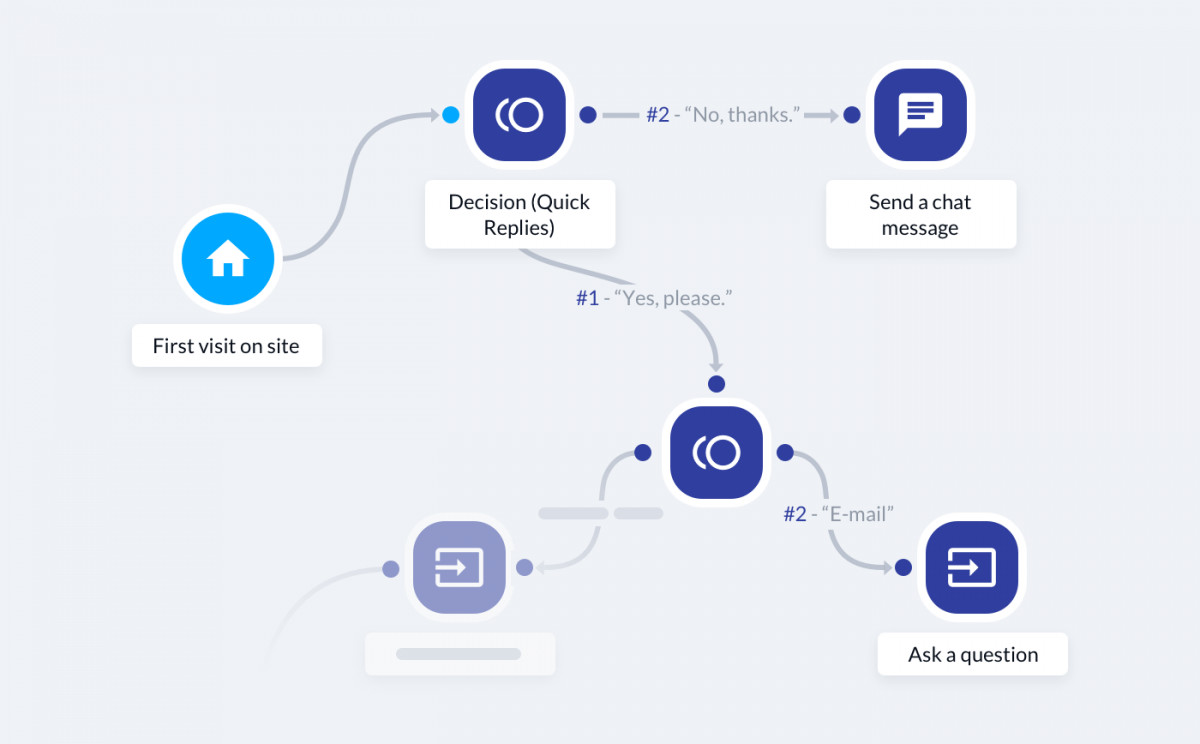
Selecting a marketing automation tool also involves careful budgeting. Understanding your financial constraints and considering the potential return on investment will help you make a sound choice.
Determining Your Budget
Begin by establishing a clear budget for marketing automation. This should take into account not only the subscription costs associated with different platforms but also any additional expenses related to training, implementation, and ongoing maintenance.
When setting your budget, consider the potential cost savings that automation can bring. By reducing the time spent on manual marketing tasks, your team can focus on higher-impact activities, potentially leading to increased revenue and profitability.
Understanding Pricing Models
Different marketing automation platforms utilize varying pricing models, which can impact your overall costs. Some charge a flat monthly fee based on the number of users or contacts, while others operate on a pay-per-usage basis. Understanding these models is essential for accurately assessing total expenses.
Additionally, be mindful of any hidden fees associated with onboarding, integrations, or premium features. Conducting thorough research into pricing structures will prevent unexpected costs down the line.
Evaluating Return on Investment
Calculating the return on investment (ROI) of a marketing automation tool is vital for measuring its effectiveness. Consider how the platform’s features align with your goals and whether they will contribute to achieving measurable outcomes.
For example, if you anticipate that automating email marketing campaigns will lead to increased open rates and conversions, track these metrics before and after implementation. By evaluating the improvements in performance, you can better justify the expense of the tool and make informed decisions for future investments.
Creating a comprehensive budget for marketing automation solutions ensures that you’re prepared for both the immediate and long-term costs associated with implementing a new tool.
User Experience and Interface: What to Consider
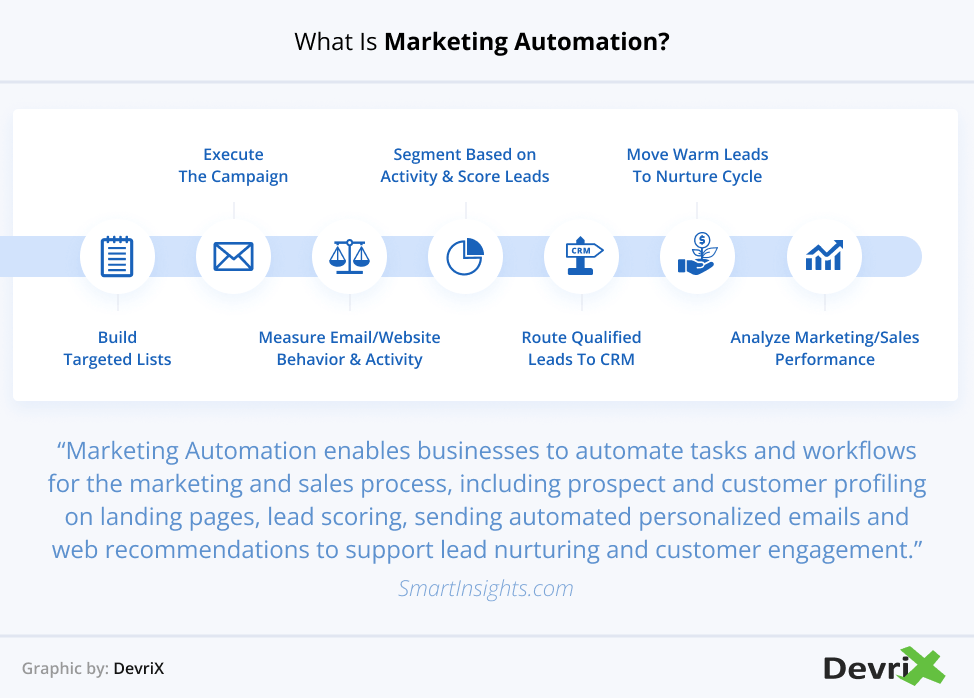
An intuitive user experience and a clean interface are crucial components in selecting the right marketing automation tool. It affects not only how easily your team can navigate the platform but also impacts adoption rates and overall productivity.
Ease of Use
When evaluating user experience, prioritize platforms that offer straightforward navigation and easy-to-understand workflows. A user-friendly interface allows team members to quickly familiarize themselves with the tool, reducing the learning curve and minimizing disruption to existing processes.
Consider requesting demos or trials of different platforms to assess ease of use firsthand. Engage your marketing team in the evaluation process to gather feedback from individuals who will be using the tool day-to-day.
Customization Options
Customization capabilities are another vital aspect to consider when evaluating user experience. The ability to tailor dashboards, workflows, and reports to suit specific needs can significantly enhance usability. Look for platforms that allow you to personalize settings based on individual preferences, enabling your team to work more efficiently.
Furthermore, consider whether the tool integrates seamlessly with other software solutions you currently utilize. This can significantly enhance user experience by creating a cohesive marketing technology stack.
Support and Training Resources
Even with a user-friendly tool, there will always be a learning curve. Evaluate the quality of customer support and training resources offered by the vendor. Comprehensive documentation, video tutorials, and responsive customer service can enhance the onboarding process and ensure users have access to the assistance they need.
Having a strong support system in place can facilitate smoother adoption of the platform and address any challenges that arise during implementation.
Taking user experience and interface into account will enhance your team’s productivity and empower them to make the most of the chosen marketing automation tool.
Learn more: Case Studies: How Marketing Automation Transformed Businesses
Integration Capabilities with Existing Tools
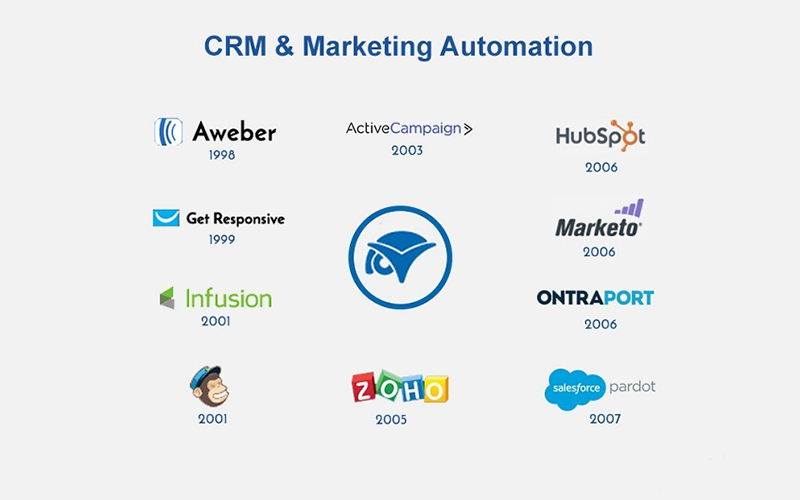
Integration capabilities are crucial when selecting a marketing automation tool. The ability to connect with existing software systems ensures continuity in your marketing processes and maximizes the utility of your chosen platform.
Assessing Existing Software Ecosystem
Before committing to a marketing automation tool, take stock of your existing software ecosystem. Identify the tools and platforms your organization relies on daily, including CRMs, content management systems, analytics tools, and social media platforms.
A marketing automation tool that seamlessly integrates with these existing systems not only streamlines your processes but also enhances data accuracy. Data flows more effortlessly between platforms, reducing the risk of errors caused by manual entry.
API and Third-Party Integrations
Explore whether the marketing automation tool offers APIs or third-party integrations that allow connectivity with other software solutions. Robust integration capabilities can lead to enhanced functionality and a more cohesive marketing infrastructure.
If your organization utilizes specialized tools, such as e-commerce platforms or customer support software, ensure that the marketing automation tool can integrate with these solutions. This allows for greater alignment between marketing and sales efforts, ultimately resulting in more effective campaigns.
Data Migration Considerations
Finally, consider the implications of data migration if you are transitioning from an existing marketing automation platform. Ensure that the new tool can facilitate the seamless transfer of historical data, from contact lists to past campaign performance metrics.
Migrating data can often be complex, and understanding the process ahead of time can help mitigate issues. Choose a vendor that offers guidance and support during the migration phase to ensure a smooth transition.
Evaluating integration capabilities ensures that your marketing automation tool can fit seamlessly within your existing ecosystem, maximizing the efficiency and effectiveness of your marketing efforts.
Learn more: Challenges of Marketing Automation and How to Overcome Them
Customer Support and Resources Offered by Vendors

The level of customer support and resources provided by vendors plays a crucial role in the adoption and success of a marketing automation tool. Understanding what to expect can aid in making the best choice for your organization.
Availability of Support Channels
Investigate the types of support channels available with each marketing automation platform. Options may include live chat, email support, telephone support, or community forums. Having multiple avenues for assistance can be beneficial, particularly during the implementation phase when questions and issues are likely to arise.
Evaluate the responsiveness of the vendor’s support team. Quick and effective resolution of issues can significantly enhance your experience with the chosen tool.
Training and Onboarding Resources
Many vendors offer training resources to support users in getting started with their marketing automation tools. Consider the availability of webinars, online courses, and documentation that can aid in onboarding your team.
Training resources can help employees become proficient in using the platform and instill confidence in their ability to navigate its features effectively. Well-designed training materials can also enhance long-term utilization of the tool as marketing strategies evolve.
Community and Knowledge Base
A vibrant user community or knowledge base can be an invaluable resource when navigating a marketing automation platform. Access to forums, user groups, and best practices can provide valuable insights and tips for optimizing your use of the tool.
Vendors that prioritize community engagement often foster collaboration and knowledge-sharing among users, ultimately enhancing the overall experience with the platform.
Assessing customer support and resources offered by vendors can make a significant difference in how effectively your team utilizes the marketing automation tool. Proper support can mitigate challenges and drive successful implementation.
Looking for a comprehensive overview of Systeme? Discover its features, benefits, and how it can streamline your online business operations. Don’t miss out— read our full review to see if Systeme is the right fit for you!
Scalability: Choosing a Tool for Future Growth
When selecting a marketing automation tool, consider its scalability and ability to grow alongside your business. As your organization expands, your marketing needs will change, and your chosen platform should be able to accommodate this evolution.
Assessing Future Marketing Goals
Before making a selection, take time to project your future marketing goals. Consider how your audience may evolve, the channels you’ll want to explore, and any anticipated changes in your sales processes. By outlining these objectives, you can better gauge whether a marketing automation tool will be able to adapt to your changing requirements.
Choose a platform that can grow in tandem with your initiatives, offering additional features or customizable options when needed. This foresight will save your organization from needing to switch tools to accommodate new strategies down the line.
Tiered Pricing Structures
Look for marketing automation vendors that offer tiered pricing structures. Such options allow you to start with a lower-tier plan and upgrade as your needs increase. Assessing pricing flexibility ensures that you can scale the tool without incurring prohibitively high costs.
This approach provides peace of mind, knowing that you won’t face sudden limitations as your marketing efforts expand. It also allows you to experiment with additional features without committing to a long-term contract upfront.
Evaluating Long-Term Vendor Stability
Finally, consider the stability and reputation of the vendor you’re interested in. A vendor that demonstrates a strong track record in the industry is more likely to remain viable in the long run, ensuring continued updates and support for their product.
Research vendor reviews, case studies, and testimonials to gain insight into their reliability and commitment to innovation. A stable vendor can provide assurance that your choice will continue to meet your growing needs.
Selecting a marketing automation tool with scalability in mind will prepare your organization for future growth, allowing you to adapt your marketing strategies as necessary without starting from scratch.
Looking to enhance your email marketing strategy? Dive into our comprehensive GetResponse review! Discover its powerful features, pricing options, and user experiences that can help elevate your campaigns. Don’t miss out on the insights—read more now!
Making the Final Decision: Pros and Cons Analysis
After conducting thorough evaluations and comparisons, it’s time to make the final decision. A structured pros and cons analysis can help clarify which marketing automation tool will best serve your organization’s needs.
Weighing the Benefits Against Limitations
Compile a list of the benefits each marketing automation tool provides alongside any limitations identified during your research. Consider factors such as ease of use, feature set, pricing, scalability, and customer support.
Determine which features hold the greatest value for your organization based on your specific goals and objectives. Prioritizing these aspects can guide you in selecting a tool that aligns with your long-term vision.
Engaging Stakeholders in the Decision-Making Process
Involve key stakeholders from your marketing team in the decision-making process. Gather input from team members who will be using the tool regularly, ensuring that their perspectives and preferences are considered.
Having a collaborative approach to decision-making fosters buy-in from the team and can lead to a smoother implementation process. Engaged team members are likely to champion the new tool and actively participate in maximizing its potential.
Preparing for Implementation
Once you have selected a marketing automation tool, develop a clear implementation plan. Outline timelines, responsibilities, and key milestones to ensure a successful rollout.
Engage your vendor’s support team during the implementation phase to address any challenges that arise. Providing adequate training and resources to your team will further empower them to embrace the new tool.
Conducting a comprehensive pros and cons analysis allows you to make a confident, informed decision about the right marketing automation tool for your organization. As you embark on this journey, remember that selecting the right platform can significantly impact your marketing success.
Learn more: Free Marketing Automation Tools vs Paid Solutions
Conclusion
Choosing the right marketing automation tool is a pivotal decision that requires careful consideration of your organization’s unique needs and goals. From understanding the core features to evaluating your existing processes, each step plays a vital role in finding the perfect fit.
As you navigate the myriad of options available, prioritize elements such as user experience, integration capabilities, customer support, and scalability. Taking the time to analyze your prospects will ultimately ensure that your selected tool not only addresses your current requirements but also prepares you for future growth.
Investing in a marketing automation tool can enhance your marketing efficiency, improve customer engagement, and drive revenue. As you embark on this journey, keep in mind that the right choice will empower your organization to realize its full potential, enabling you to thrive in today’s dynamic marketplace.


Leave a Reply